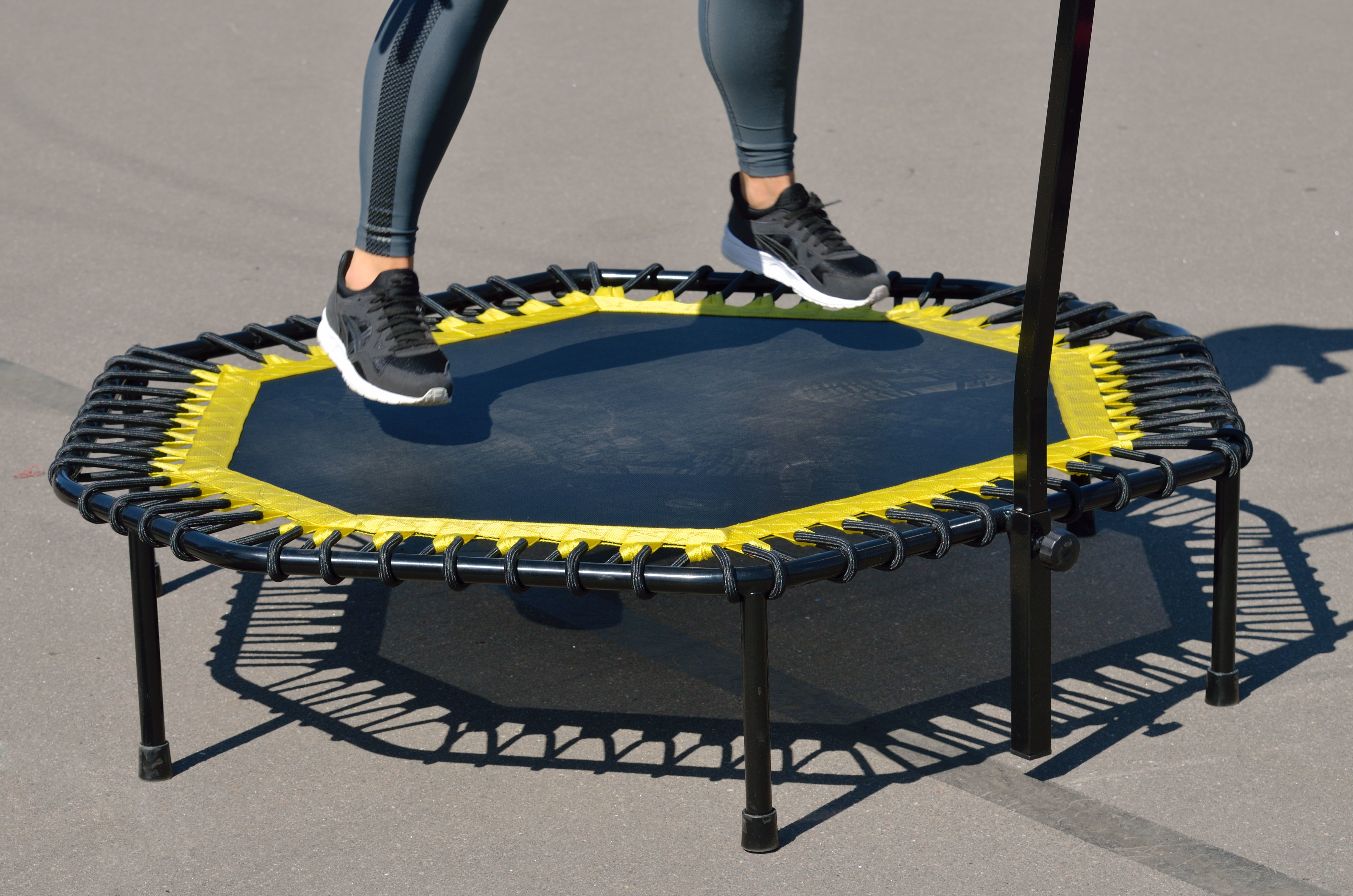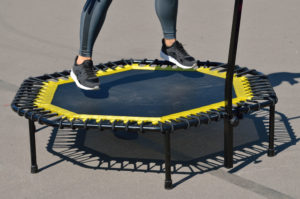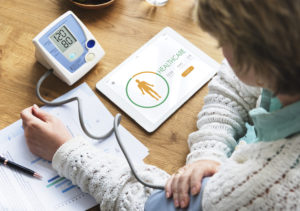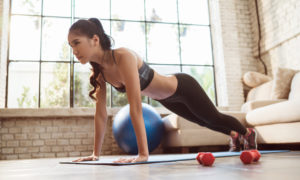
The Benefits of Periodization for Weight Training Gains
Have you ever been in a workout rut? You feel less motivated to work out or you’ve reached a plateau in your training. You simply aren’t seeing the results you expected! Chances are your results dropped off because you kept doing the same training over and over at the same intensity each time you trained. Your muscles need to be stimulated in different ways to keep making gains! Also, if you work your muscles in the same way repeatedly, you run the risk of over-training. One way to avoid this is to periodize your training. This cycle of working out is beneficial to if you who want to loose weight, gain muscle, gain strength or get in better shape. Its good that you started working out but once your body gets comfortable its time to change it up.
The Benefits of Periodization
Periodized training is where you vary the stimulus you place on muscles at varying time points in time. Doing this helps avoid training plateaus as your muscles and reduces the risk of over-training. For example, you can divide your training into phases where each phase focuses on a different goal. In addition, each phase builds on the last phase. One of the simplest ways to organize your training into phases is in this order:
Hypertrophy Phase
Hypertrophy training is a phase designed to enlarge the size of your muscles. During this phase, you will use a moderately heavy resistance. For the hypertrophy phase, choose a resistance equal to about 60 percent to 70 percent of your one-rep max. This should be a weight you can lift 10 to 12 times for three sets. Rest 60 seconds between sets. This type of training not only helps you build muscle, but it prepares you for the next phase, the strength and power phase where the going gets tougher.
Strength Phase
During the strength phase, you’ll increase the resistance modestly, so you’re working with a weight that’s somewhat heavier than what you used in the hypertrophy phase and you’re able to complete fewer reps. Choose a weight that you can complete between 2 and 5 repetitions before the muscles you’re working are spent. That will correspond to a weight of around 80 to 90 percent of your one-rep max. Allow your muscles to rest 2 minutes between each set and aim for 3 to 4 sets. You conditioned your muscles during the hypertrophy phase, so you should be better prepared for this phase, the phase where you focus on strength building.
Power Phase
During the power phase, you’ll focus on increasing the tempo of your lifts to build greater power. Choose a weight of 70 to 80 percent of your one-rep max and lift the weight at a faster tempo. Remember, power is the amount of work you can do in a given time period. So, moving the weight quickly through space will help you become more powerful. Shoot for 3 sets with 3 minutes of rest between sets.
Recovery Phase
The recovery phase is your reward for working hard during the previous three phases. During this phase, you’ll shift the focus of your training away from building strength and muscle size. Instead, do aerobics or other less strenuous exercises to give your muscles and nervous system a chance to recover. This phase is usually shorter than the other phases, no more than a week or so. Long recovery phases could lead to detraining and loss of gains.
Types of Periodization Schemes
Now that you know how the phases are set up, you can organize your phase in two main ways. Some people use linear periodization while others use undulating periodization.
Linear Periodization
This is the classic way to structure a periodized workout. First, choose the overall time period for a complete cycle. This is called a macrocycle. For example, you might want to complete a macrocycle in two months. This is the bigger time picture. In turn, a macrocycle is made up of a series of training phases called mesocycles. These correspond to the four phases just discussed come in. Each phase makes up a mesocycle. Over the two month macrocycle, you’ll cycle through the various phases or mesocycles. For example, you might spend two weeks in the hypertrophy phase, two weeks in the strength phase, two weeks in the power phase, and recover in the final week. But remember, the length of the macrocycle and mesocycles is up to you.
Undulating Periodization
Undulating periodization is another way to structure a periodized workout. With linear periodization, you work in a “straight line.” You go through each phase of training in order and the training intensity gradually increases. With undulating periodization, you change the focus and intensity of your training in a non-linear or undulating manner. For example, you might do hypertrophy training one week followed by peak strength training the next week and then power the next. You’re not moving in a linear sequence through the phases or mesocycles.
Some people even vary the intensity and volume every time they work out. For Monday’s workout, you might lift for hypertrophy and switch to strength on Wednesday. The fact that you’re constantly changing the intensity of your training means your muscles are less likely to adapt to what you’re doing and stop changing. In this way, you keep your muscles “guessing.” You can also adjust any training variable, such as the weight, repetitions, and tempo, in an undulating manner to change the stimulus you place on your muscles.
You might wonder whether undulating periodization is better than linear. A study published in the Journal of Strength and Conditioning Research showed that undulating periodization was more effective for building strength than was a linear periodization scheme. Research also suggests that periodizing weight training, in general, is superior to non-periodized workouts for gains in strength and muscle hypertrophy. So, keep this in mind when designing your routine. Periodization rules and that’s why you should be doing it!
Plan to change your workout at about 6-8 weeks after starting your program. If you have been going at a really high intensity , then you can go to moderate intensity. Conversely, increase your intensity if you were on the low to moderate intensity. Last but not least, try different exercises or different variation of the same exercises. Once you mastered the exercise then try something new.
References:
J Strength Cond Res. 2002 May;16(2):250-5.
University of New Mexico “Periodization: Latest Studies and Practical Applications”


















